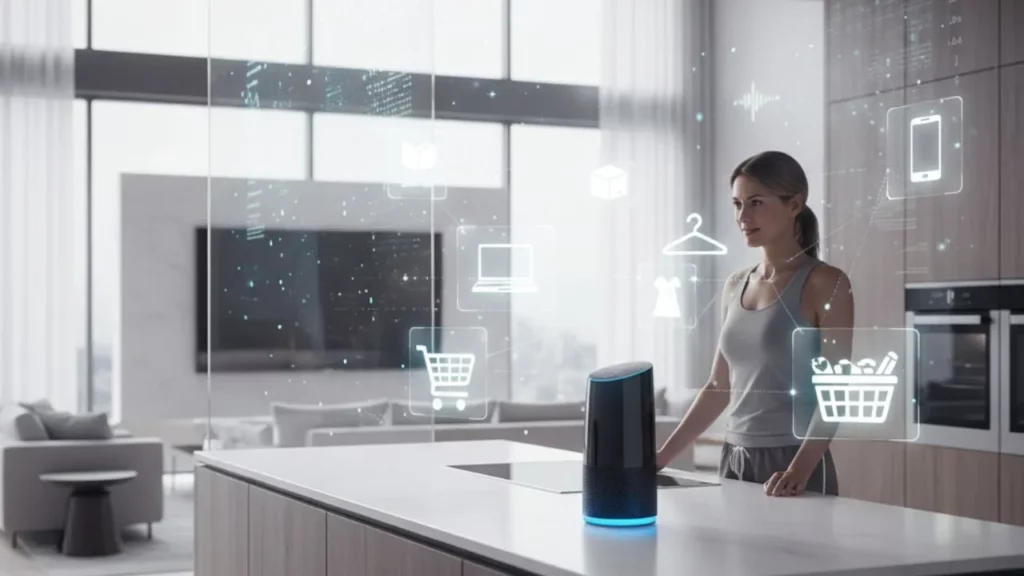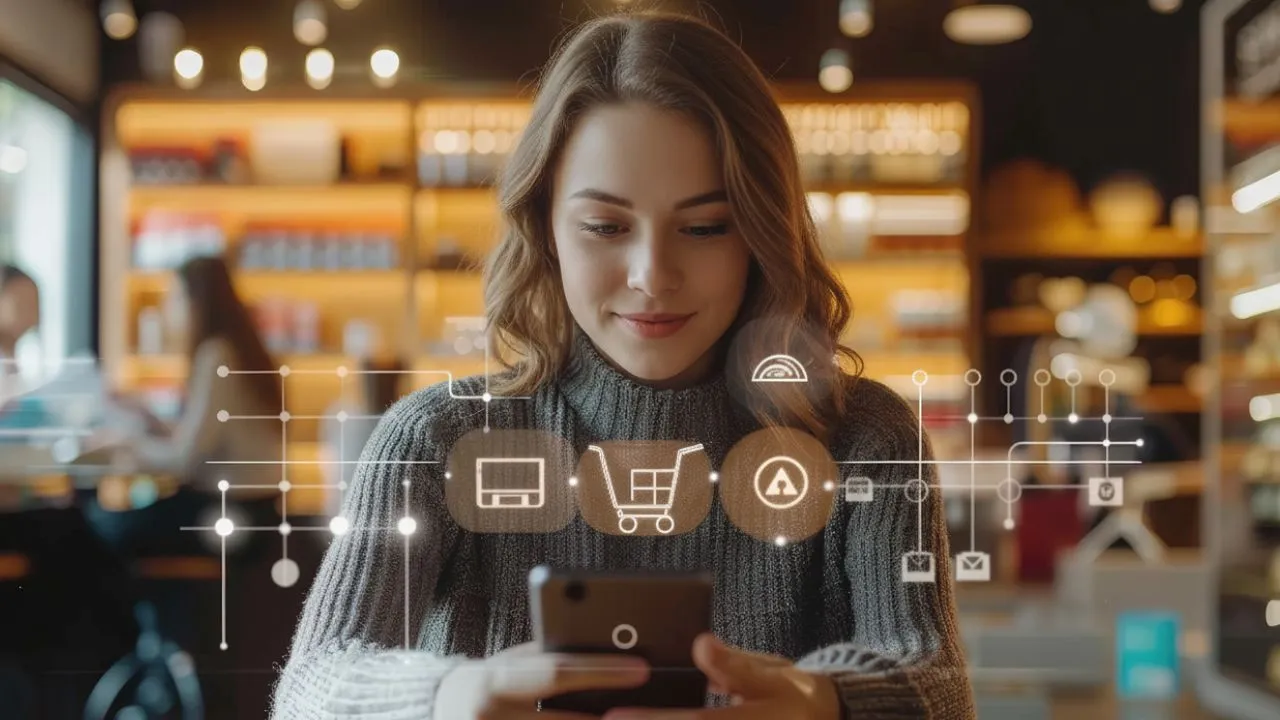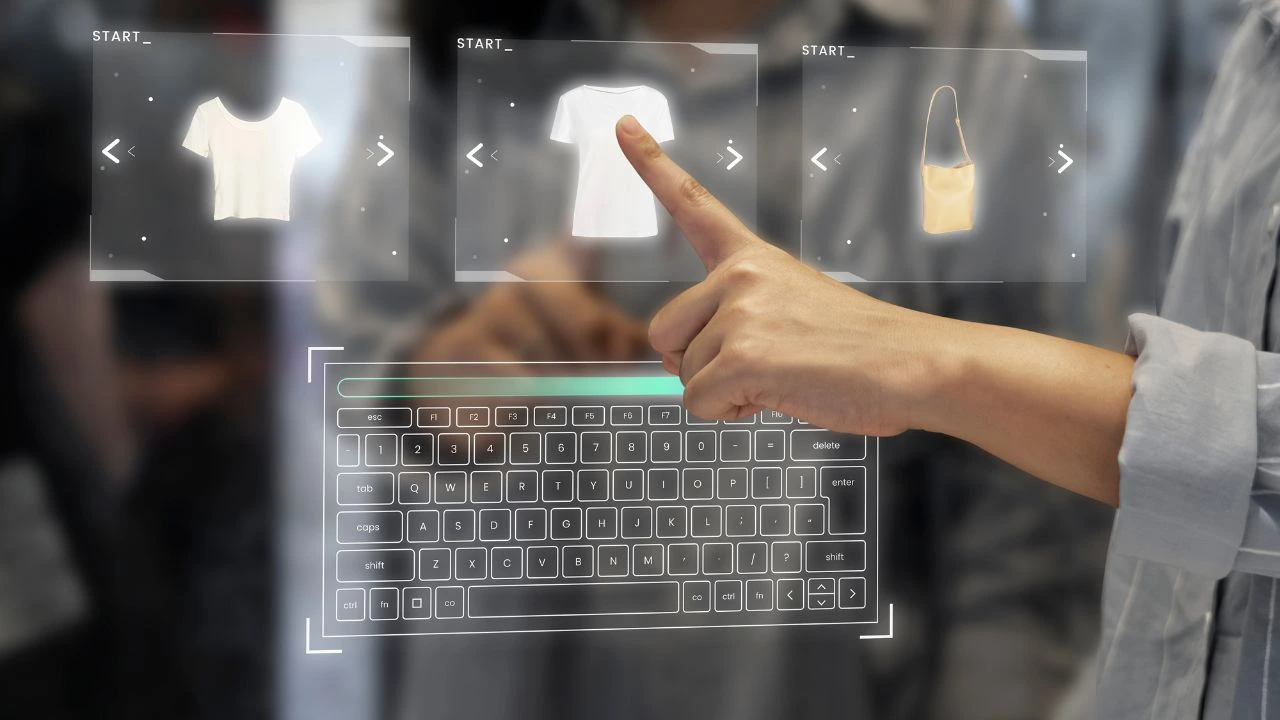The landscape of e-commerce trends is evolving at breakneck speed, reshaping how businesses connect with customers. Staying ahead of these changes can mean the difference between thriving and falling behind your competition.
The rise of AI-powered personalization
Artificial intelligence has moved from buzzword to business necessity in online retail. AI algorithms now analyze customer behavior patterns to deliver personalized product recommendations, with research from McKinsey showing that hyper-personalization can yield up to an 8-fold return on marketing investments.
AI in e-commerce extends beyond simple recommendations. Chatbots handle customer inquiries 24/7, predictive analytics forecast inventory needs, and machine learning algorithms optimize pricing strategies in real-time.
Video content drives engagement and conversions

Visual storytelling has become crucial for online retailers competing for consumer attention. Product demonstration videos, customer testimonials, and behind-the-scenes content help build trust and showcase products in ways static images cannot.
The rise of short-form video platforms has made video marketing accessible to businesses of all sizes. Tools like an online video editor with AI voice capabilities enable retailers to produce professional-quality content without expensive production teams, scaling their marketing efforts while maintaining brand consistency across channels.
Voice commerce is changing the shopping experience

Voice-activated shopping continues its upward trajectory as smart speakers become household staples. With 8.4 billion digital voice assistant units active worldwide in 2024 and projections reaching 16.8 billion by 2028, consumers increasingly use voice commands to research products, compare prices, and complete purchases without touching a screen.
The numbers tell a compelling story. Capital One Shopping research says the value of voice-assisted sales increased 321.7% over two years. Also, the global voice commerce market was valued at USD 42.75 billion in 2023, with projections to reach USD 186.28 billion by 2030, according to Grand View Research.
This shift has created new opportunities for businesses to optimize their content for voice search. Product descriptions need to sound natural when read aloud, and FAQ sections should address conversational queries.
Many e-commerce brands are now leveraging AI voice generator technology to create consistent, natural-sounding product descriptions and audio content that enhances the voice shopping experience.
Social commerce blurs the line between browsing and buying
Social media platforms have transformed into full-fledged marketplaces. Instagram Shopping, Facebook Marketplace, and TikTok Shop allow users to discover and purchase products without leaving their favorite apps.
This seamless integration represents a fundamental shift in e-commerce trends. Businesses must now think of social content as both entertainment and storefront, creating shoppable posts that feel native to each platform.
Sustainability drives purchasing decisions

Modern consumers scrutinize the environmental impact of their purchases more than ever before. They demand transparency about sourcing, manufacturing processes, and carbon footprints.
Key sustainability practices include:
- Eco-friendly packaging materials that reduce waste
- Carbon-neutral shipping options that offset environmental impact
- Transparent supply chain information that builds trust
Brands that authentically commit to sustainability aren’t just doing good—they’re capturing market share from environmentally conscious shoppers.
Augmented reality bridges the digital-physical gap
AR technology addresses one of e-commerce’s biggest challenges: the inability to physically interact with products before purchase. Customers can now visualize furniture in their homes, try on makeup virtually, or see how clothing fits before clicking “buy.”
Research indicates that AR experiences can reduce product return rates by up to 40% by helping customers make more informed purchasing decisions.
Mobile-first isn’t optional anymore
Mobile commerce now accounts for the majority of online transactions globally. This reality demands that every aspect of the shopping experience—from browsing to checkout—works flawlessly on smartphones.
The future of e-commerce technology hinges on mobile optimization. Fast-loading pages, simplified navigation, and one-click payment options separate successful mobile strategies from frustrating ones.
Progressive web apps (PWAs) offer app-like experiences without requiring downloads, providing the best of both worlds for retailers and shoppers alike.
Subscription models create predictable revenue
The subscription economy continues expanding beyond its traditional boundaries. From meal kits to pet supplies to beauty products, consumers embrace the convenience of automated recurring purchases.
This model benefits businesses through:
- Predictable monthly revenue streams
- Higher customer lifetime value
- Improved inventory planning and management
Headless commerce provides flexibility
Headless architecture separates the front-end customer experience from back-end commerce functionality. This separation allows businesses to update their storefront design and features without disrupting core systems.
The approach supports omnichannel strategies by enabling consistent shopping experiences across websites, mobile apps, smart displays, and emerging platforms.
Live shopping events create urgency and excitement

Live stream shopping combines entertainment with commerce, creating interactive experiences where hosts demonstrate products in real-time. Viewers ask questions, receive immediate answers, and make purchases without leaving the stream.
This trend, already massive in Asian markets, gains momentum globally as platforms integrate live commerce features. The format works particularly well for product launches, limited-time offers, and building community around brands.
Cryptocurrency and alternative payments expand options

Digital wallets and cryptocurrency payment options give customers more ways to complete transactions. While adoption rates vary by region and demographic, offering diverse payment methods reduces friction in the checkout process.
Buy-now-pay-later (BNPL) services have exploded in popularity, particularly among younger shoppers who prefer splitting purchases into manageable installments.
The importance of first-party data
With increasing privacy regulations and the phase-out of third-party cookies, businesses must collect and leverage their own customer data responsibly. First-party data gathered through direct interactions provides insights while respecting privacy concerns.
Email marketing, loyalty programs, and customer accounts become even more valuable as primary sources of behavioral data and communication channels.
Preparing for what’s next
These e-commerce trends aren’t isolated developments—they’re interconnected shifts that collectively redefine online retail. Success requires not just adopting individual technologies but understanding how they work together to create superior customer experiences.
The businesses thriving tomorrow are those adapting today, testing new approaches, and remaining agile enough to pivot as consumer expectations continue evolving.
Whether through AI-powered personalization, immersive AR experiences, or authentic sustainability initiatives, the future belongs to retailers who put customer needs at the center of every decision.









